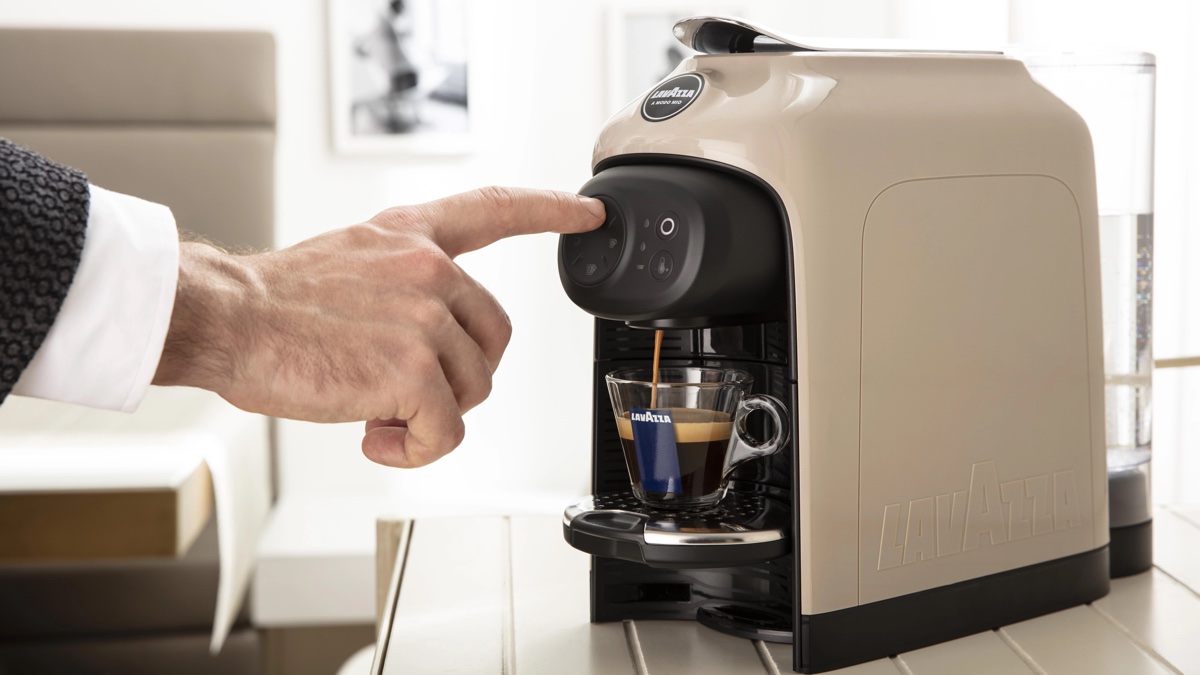

Articles
How To Use Coffee Machine
Modified: August 28, 2024
Learn how to use a coffee machine effectively with our informative articles. Discover tips, tricks, and step-by-step guides to brewing the perfect cup of coffee.
(Many of the links in this article redirect to a specific reviewed product. Your purchase of these products through affiliate links helps to generate commission for Storables.com, at no extra cost. Learn more)
Introduction
Welcome to the world of coffee! Whether you’re a novice or a seasoned coffee lover, using a coffee machine can enhance your coffee brewing experience. Owning a coffee machine allows you to enjoy the convenience of brewing your favorite cup of coffee right at home, customized to your taste preferences. From selecting the perfect coffee beans to pouring a delicious cup, this article will guide you through the process of making coffee with a coffee machine.
Using a coffee machine provides a variety of benefits, including speed and consistency. With just a few simple steps, you can have a freshly brewed cup of coffee ready to enjoy in no time. Plus, the versatility of coffee machines allows you to experiment and cater to your personal coffee preferences.
Whether you prefer a strong espresso, a creamy latte, or a smooth cappuccino, a coffee machine can help you achieve the desired flavor and texture. By understanding the different aspects of coffee brewing, you can unlock the full potential of your coffee machine and make the most of your coffee experience.
Throughout this article, we will explore step-by-step instructions on how to use a coffee machine effectively. From choosing the right coffee beans to the intricate process of frothing milk, we will cover all the essential techniques to help you brew the perfect cup of coffee. So grab your favorite mug, and let’s dive into the world of coffee brewing!
Key Takeaways:
- Master the art of coffee brewing with a coffee machine by choosing the right beans, prepping the machine, and selecting the perfect brew strength and size. Embrace the process and savor each delightful cup of coffee.
- Elevate your coffee experience by frothing milk for creamy indulgence and maintaining your machine for consistent, high-quality brews. With patience and attention to detail, become your own barista and enjoy the world of coffee at home.
Read more: How To Use B Coffee Machine
Getting Started
Before diving into the coffee brewing process, it’s important to familiarize yourself with the different components of your coffee machine. Every coffee machine is unique, so it’s crucial to read the instruction manual that comes with your specific model.
First, ensure that your coffee machine is clean and free from any residue or dust. Cleaning your machine regularly will contribute to the quality and taste of your coffee. Follow the manufacturer’s guidelines for cleaning and maintenance, as this will vary depending on the model you have.
Next, gather all the necessary equipment and ingredients. This includes coffee beans, water, a coffee grinder (if needed), a coffee filter (if required by your machine), and any additional accessories such as a milk frother or flavorings.
Finally, find a suitable location for your coffee machine. Choose a spot with easy access to power outlets and enough counter space for the machine and any accompanying accessories. Avoid placing the machine near heat sources or in direct sunlight, as this can affect the brewing process and overall performance.
Once you have completed these preliminary steps, you are ready to begin the coffee brewing process. Let’s proceed to the next step, which is choosing the right coffee beans.
Step 1: Choosing the Right Coffee Beans
The foundation of a great cup of coffee lies in the choice of coffee beans. There are numerous varieties and flavors of coffee beans available, each offering a unique taste profile. When selecting coffee beans, consider your personal taste preferences and the brewing method you will be using.
One of the key factors to consider is the roast level. Coffee beans can range from light roast to dark roast, with each level offering distinct flavors. Light roast beans have a more delicate and fruity flavor, while dark roast beans are bolder and often have a rich, smoky taste.
Another aspect to consider is the origin of the coffee beans. Different regions produce coffee beans with specific characteristics. For example, beans from South America tend to have a well-balanced flavor with notes of chocolate and nuts, while beans from Africa are known for their fruity and floral undertones.
If possible, opt for freshly roasted coffee beans. The fresher the beans, the more vibrant and aromatic the coffee will be. Look for beans that have a roasted-on date to ensure their freshness.
Consider purchasing whole beans instead of pre-ground coffee. Grinding your beans just before brewing ensures maximum flavor and freshness. Invest in a good quality burr grinder to achieve a consistent grind size, as this plays a crucial role in the extraction process.
Remember, the choice of coffee beans can greatly impact the taste of your brewed coffee. Experiment with different roasts and origins to discover your preferred flavor profile. With the right beans in hand, you’re now ready to move on to the next step: prepping the coffee machine.
Step 2: Prepping the Coffee Machine
Before brewing your coffee, it’s essential to prepare your coffee machine for optimal performance. The prepping process may vary depending on the type of coffee machine you have, so refer to your manufacturer’s instructions for specific guidelines. However, here are some general steps to follow:
- Clean the Machine: Start by ensuring that your coffee machine is clean and free from any residue. Clean any removable parts, such as the filter basket or portafilter, using warm, soapy water. Rinse thoroughly and dry them before reassembling.
- Warm-up the Machine: Switch on your coffee machine and allow it to heat up. This step is particularly important for espresso machines, as it ensures the water reaches the optimal temperature for extracting the coffee.
- Flush with Water: If your machine has an option to flush or purge with water, run some water through the machine to remove any impurities that might affect the taste of your coffee.
- Check the Water Reservoir: Ensure that the water reservoir is filled with fresh, cold water. Follow the manufacturer’s guidelines for the maximum capacity to prevent overflow.
Some coffee machines may have additional features or steps that need to be followed during the preparation process. For example, espresso machines often require priming the pump or purging the steam wand before use. Refer to your specific machine’s instructions to ensure you’re prepping it correctly.
By properly prepping your coffee machine, you set the stage for a successful brewing experience. Taking the time to clean, warm-up, and check the water reservoir ensures that your machine is ready to brew delicious coffee. Now that your coffee machine is prepped, it’s time to move on to the next step: adding water and coffee.
Step 3: Adding Water and Coffee
Now that your coffee machine is prepped, it’s time to add water and coffee to begin the brewing process. Follow these steps to ensure that you achieve the perfect balance of water and coffee:
- Measure the Water: Refer to your machine’s instruction manual to determine the recommended water-to-coffee ratio. Using a measuring cup, add the appropriate amount of water to the water reservoir. It’s important to use fresh, cold water for the best results.
- Add Coffee: Depending on the type of coffee machine you have, you’ll either add ground coffee or insert a coffee filter. If you are using pre-ground coffee, follow the instructions on the packaging for the recommended amount for your desired strength. If your machine uses coffee pods or capsules, simply insert the pod into the designated slot.
- Distribute the Coffee: For espresso machines or machines with a portafilter, distribute the ground coffee evenly across the portafilter and level it with a slight tamp. This ensures even extraction and prevents channeling. If you’re using a drip coffee machine, simply pour the ground coffee into the filter basket.
It’s essential to use the correct coffee grind size for your specific brewing method. A finer grind is typically used for espresso machines, while a coarser grind is suitable for drip or pour-over methods. Investing in a quality grinder allows you to adjust the grind size to your preference.
Ensure that the coffee is evenly distributed and properly packed to achieve consistent extraction. Avoid compacting the coffee too tightly, as this can result in over-extraction and a bitter taste. Conversely, under-packing the coffee can lead to a weak and watery brew.
By carefully adding water and coffee, you set the foundation for a flavorful cup of coffee. The next step is to select the brew strength and size, which we will explore in the following section.
Read more: How To Use A Bunn Coffee Machine
Step 4: Selecting Brew Strength and Size
Choosing the right brew strength and size is crucial in achieving your desired flavor and concentration. Coffee machines offer various settings and options to customize these aspects. Follow these steps to select the appropriate brew strength and size:
- Brew Strength: Most coffee machines allow you to adjust the brew strength. This determines the intensity and boldness of your coffee. Typically, you’ll find options such as strong, regular, or mild. Experiment with different strength settings to find your preferred taste.
- Cup Size: Determine the desired cup size for your coffee. Coffee machines usually offer multiple size options, such as small, medium, or large. Some machines may also have a customization feature that allows you to choose the exact amount of coffee you want to brew.
- Programmable Options: Some advanced coffee machines have programmable options that allow you to save your preferred brew strength and cup size. This feature ensures consistency and convenience for future brews.
When selecting the brew strength, keep in mind that a stronger brew may require more coffee grounds or a longer brewing time. Adjust the strength according to your taste preference, taking into account the particular flavor notes and the type of coffee beans you are using.
Also, consider the cup size based on your needs. If you prefer a smaller, concentrated cup of coffee, choose a smaller size. For those who enjoy larger cups or wish to brew coffee for multiple people, opt for a larger size setting.
Experiment with different brew strength and cup size combinations to find your perfect balance. Remember that personal preferences may vary, and it’s all about discovering the combination that brings out the best flavors in your specific coffee beans.
Now that you have selected the brew strength and size, it’s time to proceed to the brewing process in the next step.
Always use freshly ground coffee for the best flavor. Grind the beans just before brewing for maximum freshness and taste.
Step 5: Brewing the Coffee
With your coffee machine prepped, water and coffee added, and brew strength and size selected, it’s time to brew your coffee. Follow these steps to ensure a successful brewing process:
- Start the Brewing Process: Depending on your coffee machine, you may need to press a button or turn a dial to initiate the brewing process. Some machines may have an automatic start feature, allowing you to set a specific time for the brewing to begin.
- Monitor the Brewing Process: While the coffee is brewing, keep an eye on the process. Watch as the water passes through the coffee grounds and the brewed coffee begins to drip into the carafe or cup. This will help you gauge the extraction time and make any adjustments if necessary.
- Avoid Disturbing the Brewing Process: Try to avoid moving or shaking the coffee machine during the brewing process, as this can disrupt the extraction and affect the flavor of the coffee. Let the machine work its magic while you eagerly await your freshly brewed cup.
- Wait Patiently: The brewing time will vary depending on the type of coffee machine and the selected brew strength and size. Generally, it can take a few minutes for the brewing to complete. Use this time to prepare any additional components, such as milk for frothing or a spoon for stirring.
- Enjoy the Aroma: As the coffee brews, the enticing aroma will fill your space. Take a moment to savor the wonderful scent and anticipate the delicious taste to come. The aroma of freshly brewed coffee is one of the many joys of the brewing process.
During the brewing process, it’s essential to maintain patience and avoid rushing. Each coffee machine is designed to extract the flavors and aromas from the coffee grounds at a specific rate. Trust the machine to do its job and allow it to complete the brewing process without interference.
Once the brewing process is complete, you can move on to the final steps of pouring and enjoying your freshly brewed coffee. We will explore these steps in the next section.
Step 6: Frothing Milk (Optional)
If you enjoy creamy and frothy milk in your coffee beverages, you can take an additional step to froth milk using your coffee machine. Not all coffee machines have a built-in milk frother, so check if your machine offers this feature. Follow these steps to froth milk:
- Prepare the Milk: Start with cold milk in a clean, stainless steel milk pitcher. The type of milk you use can affect the frothing process. Whole milk tends to produce the best froth due to its higher fat content. However, you can also use alternative milks such as soy, almond, or oat milk.
- Position the Steam Wand: If your machine has a steam wand, position it just above the surface of the milk. Submerge the wand slightly below the milk’s surface to create a whirlpool effect and froth the milk evenly. Be cautious of the steam’s hot temperature and handle it carefully to prevent any accidents.
- Froth the Milk: Open the steam wand valve to release steam into the milk. Keep the wand tilted at an angle to create a swirling motion. Gradually lower the pitcher as the milk expands and froths. The goal is to achieve a velvety texture and microfoam consistency.
- Monitor the Temperature: As you froth the milk, keep a close eye on its temperature. Properly frothed milk should be between 150°F (65°C) and 160°F (71°C). If the milk becomes too hot or starts to scorch, stop the frothing process immediately.
- Finish and Clean Up: Once the milk is frothed to your desired consistency and temperature, turn off the steam wand. Tap the pitcher gently on the counter to remove any large bubbles and swirl the milk to mix the foam evenly. Wipe the steam wand clean and purge any remaining steam.
Frothed milk can be used to create a variety of coffee-based beverages such as cappuccinos, lattes, or macchiatos. Pour the frothed milk into your brewed coffee, using a spoon to hold back the foam, and allow the creamy milk to mix with the coffee for a delightful and indulgent experience.
Please note that frothing milk is an optional step and may not be applicable to all coffee brewing preferences. If you prefer your coffee black or without frothed milk, you can skip this step and proceed to the next stage of pouring and enjoying your coffee.
Step 7: Pouring and Enjoying Your Coffee
Now that your coffee is brewed and, if desired, milk is frothed, it’s time to pour your coffee and savor the flavors. Follow these steps to ensure a perfect pour and an enjoyable coffee experience:
- Prepare Your Mug or Cup: Choose your preferred mug or cup for serving your coffee. Pre-warm the vessel by rinsing it with hot water to ensure your coffee stays at an optimal temperature.
- Pour the Coffee: Carefully pour the brewed coffee into your mug, keeping a steady hand to avoid spills. If you’re using a drip coffee machine, the coffee will flow directly into the carafe. For espresso machines, you might need to manually pour the coffee from the portafilter or use the machine’s dispensing option.
- Add Sweeteners or Flavorings (Optional): If you prefer your coffee sweetened or flavored, you can add your desired amount of sugar, syrup, or other flavorings at this point. Stir well to ensure the flavor is evenly distributed throughout the coffee.
- Finish with Milk or Foam (Optional): If you frothed milk in the previous step and wish to add it to your coffee, carefully pour the desired amount on top of the coffee. You can use a spoon to hold back the foam while pouring the milk. If you prefer only foam, spoon the foam on top of the coffee, creating an inviting layer.
- Garnish and Serve: For an extra touch, you can garnish your coffee with a sprinkle of cocoa powder, cinnamon, or grated chocolate. This not only adds visual appeal but also enhances the aroma and taste of your coffee. Serve your coffee with pride and enjoy it while it’s hot.
Take a moment to appreciate the aroma, the rich color, and the intricate flavors of your freshly brewed coffee. Sip slowly, allowing the coffee to linger on your palate, and savor each sip. Coffee is more than just a beverage; it’s an experience that can be enjoyed alone or shared with others.
If you brewed more coffee than you can consume in one sitting, consider using a thermal carafe or an insulated travel mug to keep the coffee hot and retain its flavor. This way, you can enjoy multiple cups of coffee throughout the day without compromising the taste.
Now that you’ve poured your coffee and are ready to indulge, let’s move on to the final step: cleaning and maintaining your coffee machine.
Read more: How To Use Jura Coffee Machine
Step 8: Cleaning and Maintenance
Proper cleaning and maintenance of your coffee machine are crucial for its longevity and continued performance. Regular maintenance ensures that your machine stays in optimal condition and delivers delicious coffee cup after cup. Follow these steps to clean and maintain your coffee machine:
- Regular Cleaning: After each use, rinse and clean any removable parts, such as the filter basket or portafilter, using warm, soapy water. Thoroughly dry them before reassembling. Wipe down the exterior of the machine with a damp cloth to remove any spills or residue.
- Descale the Machine: Over time, mineral deposits can build up inside your coffee machine, affecting its performance and taste. Descale your machine regularly using a descaling solution or a mixture of vinegar and water. Follow the manufacturer’s instructions for the appropriate descaling method for your specific model.
- Clean the Water Reservoir: Regularly clean the water reservoir to prevent the growth of bacteria or mold. Empty any remaining water after each use and wash the reservoir with warm, soapy water. Rinse thoroughly and allow it to air dry before refilling.
- Replace Filters: If your coffee machine uses a water filter, replace it according to the manufacturer’s recommendations. A fresh filter ensures that the water used in brewing your coffee is clean and free from impurities.
- Maintain the Grinder: If your coffee machine has a built-in grinder, clean it regularly to prevent the buildup of coffee particles and maintain its performance. Refer to the manufacturer’s instructions for proper grinder maintenance and cleaning.
- Follow Maintenance Schedule: Read the instruction manual of your coffee machine to understand the recommended maintenance schedule. Some machines may require additional maintenance tasks, such as lubricating moving parts or replacing seals. Follow these guidelines to keep your machine in optimal condition.
Taking the time to clean and maintain your coffee machine not only extends its lifespan but also ensures that you consistently brew flavorful and high-quality coffee. By investing a little effort into the maintenance process, you can enjoy delicious coffee for years to come.
Remember to always follow the specific cleaning and maintenance instructions provided by the manufacturer of your coffee machine. Each machine may have unique requirements, so it’s important to consult the manual for accurate and detailed guidance.
With your coffee machine now cleaned and maintained, you’re ready to embark on future coffee brewing adventures. Enjoy the convenience and pleasure of brewing your favorite cup of coffee right at home, tailored to your taste preferences.
As you explore different coffee beans, brewing techniques, and flavors, remember to have fun and embrace the art of coffee brewing. With practice, you’ll unlock your inner barista and be able to create a wide range of delicious coffee beverages. Cheers to many delightful cups of coffee ahead!
Conclusion
Congratulations! You’ve now become well-versed in the art of using a coffee machine to brew your favorite cup of coffee. Throughout this journey, we’ve covered everything from choosing the right coffee beans to cleaning and maintaining your coffee machine. With each step, you’ve gained valuable insights and techniques to enhance your coffee brewing experience.
By selecting high-quality coffee beans that align with your taste preferences, understanding the prepping process, and adding the right amount of water and coffee, you’ve set the foundation for a delicious cup of coffee. Adjusting the brew strength and size allows you to customize your coffee to perfection.
If you’re a fan of creamy and frothy milk, you learned how to froth milk using your coffee machine’s steam wand. This opens up a whole new world of coffee beverages, such as cappuccinos and lattes, adding a touch of indulgence to each cup.
Throughout the entire brewing process, you’ve learned about the importance of patience and attention to detail. From monitoring the brewing process to enjoying the aroma and pouring the coffee with care, you’ve embraced the art of coffee making.
Lastly, we emphasized the significance of regular cleaning and maintenance to keep your coffee machine in optimal condition. By following the recommended cleaning practices, descaling, and maintaining filters and grinders, you can ensure that your machine consistently delivers excellent performance and delicious coffee.
So, it’s time to embark on your coffee brewing adventures with confidence and creativity. Explore different coffee beans from various regions, experiment with brewing techniques, and let your taste buds lead the way. Remember to savor each sip and enjoy the delightful experience that coffee brings.
Whether you’re a morning coffee enthusiast, an afternoon pick-me-up lover, or a social gathering host, using a coffee machine opens up a world of possibilities. Make it your own and create the perfect cup of coffee that delights and energizes you.
Now, go forth and brew! May each cup of coffee bring you warmth, joy, and a delicious start to your day.
Frequently Asked Questions about How To Use Coffee Machine
Was this page helpful?
At Storables.com, we guarantee accurate and reliable information. Our content, validated by Expert Board Contributors, is crafted following stringent Editorial Policies. We're committed to providing you with well-researched, expert-backed insights for all your informational needs.
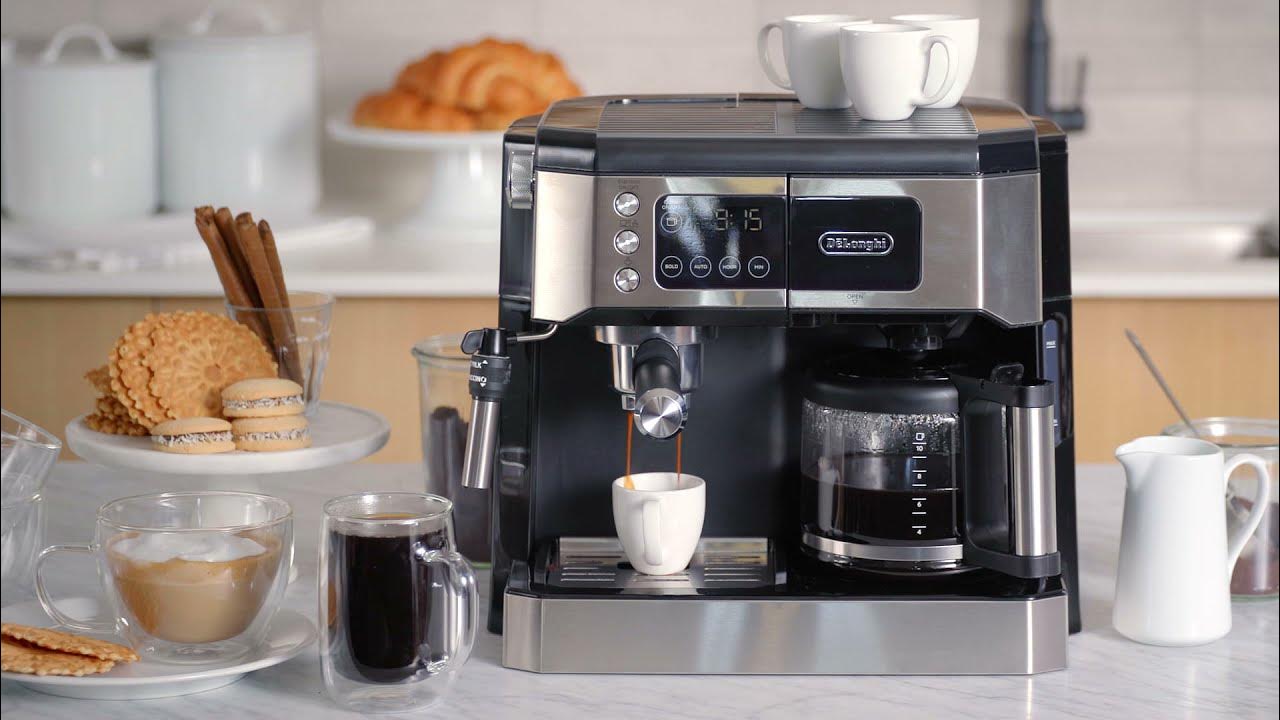
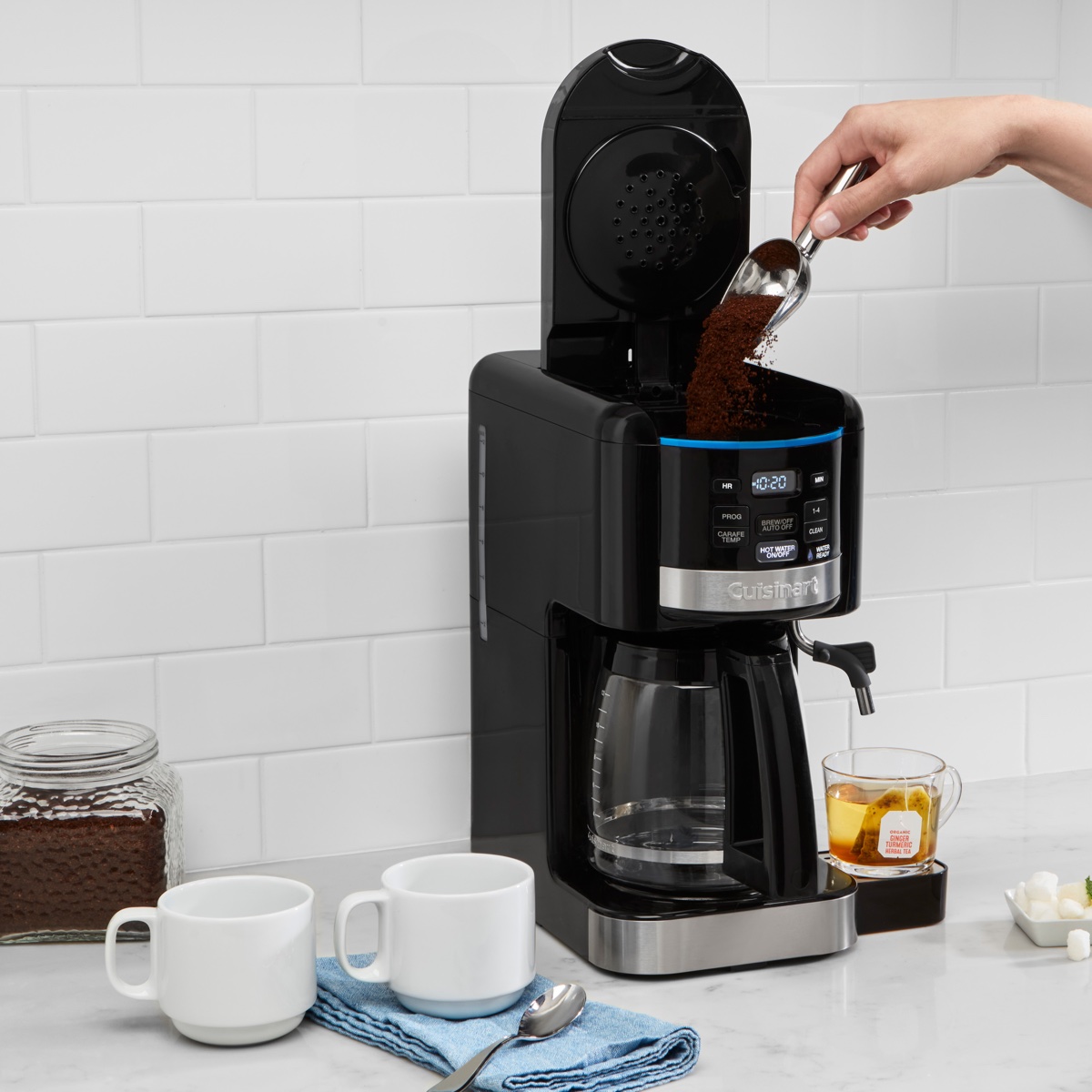
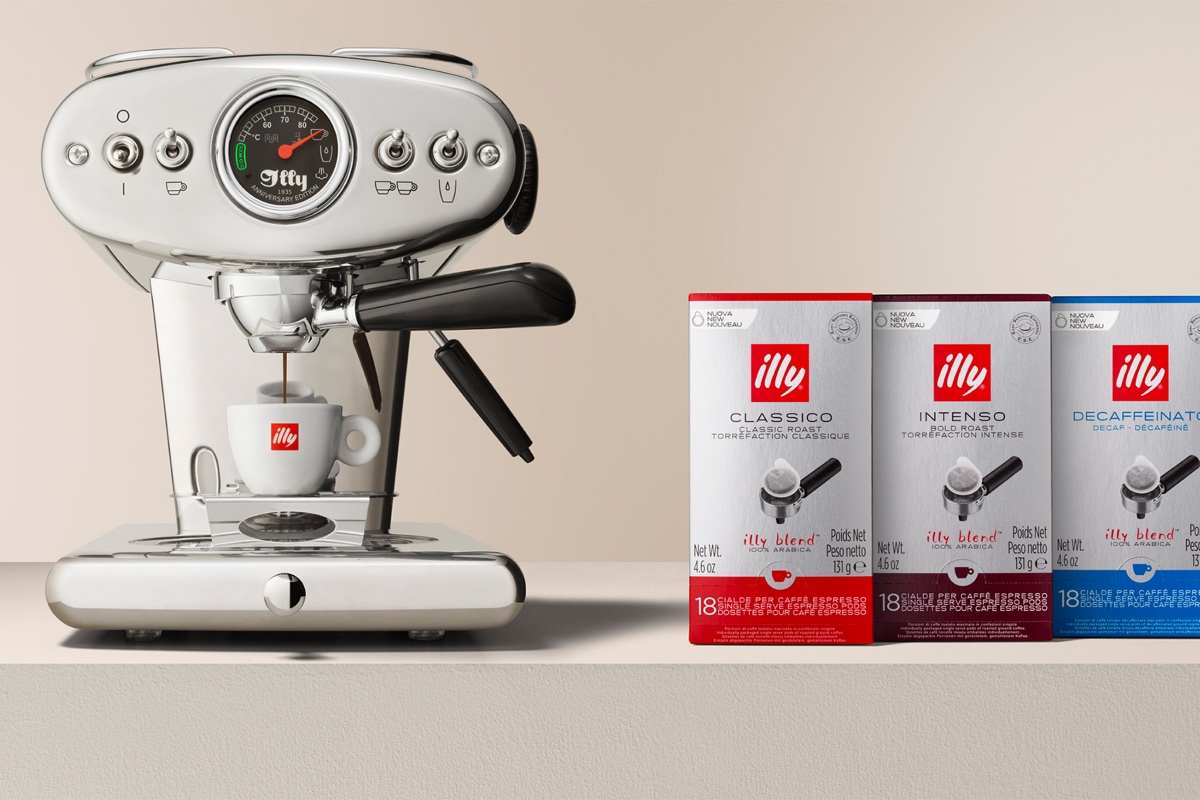
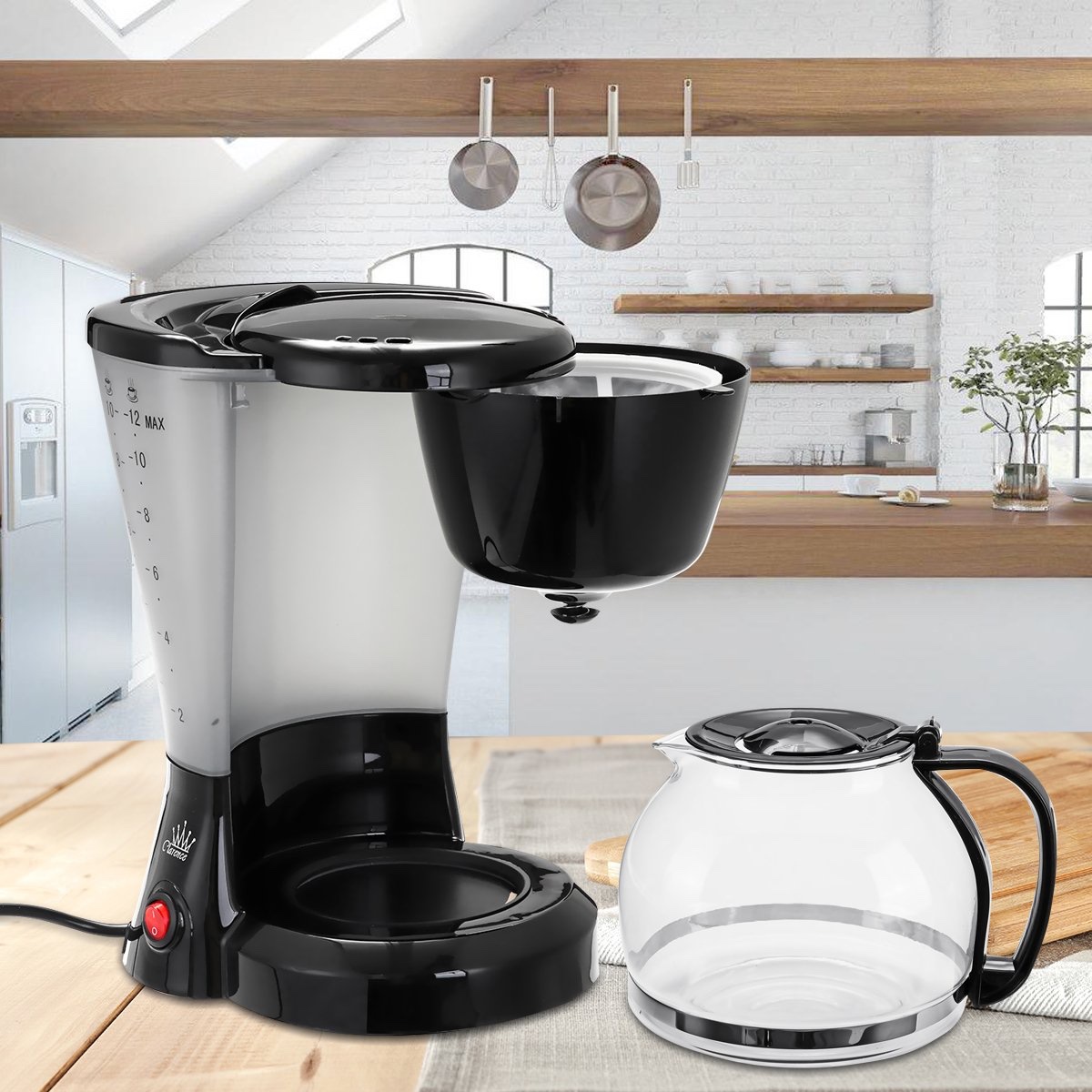
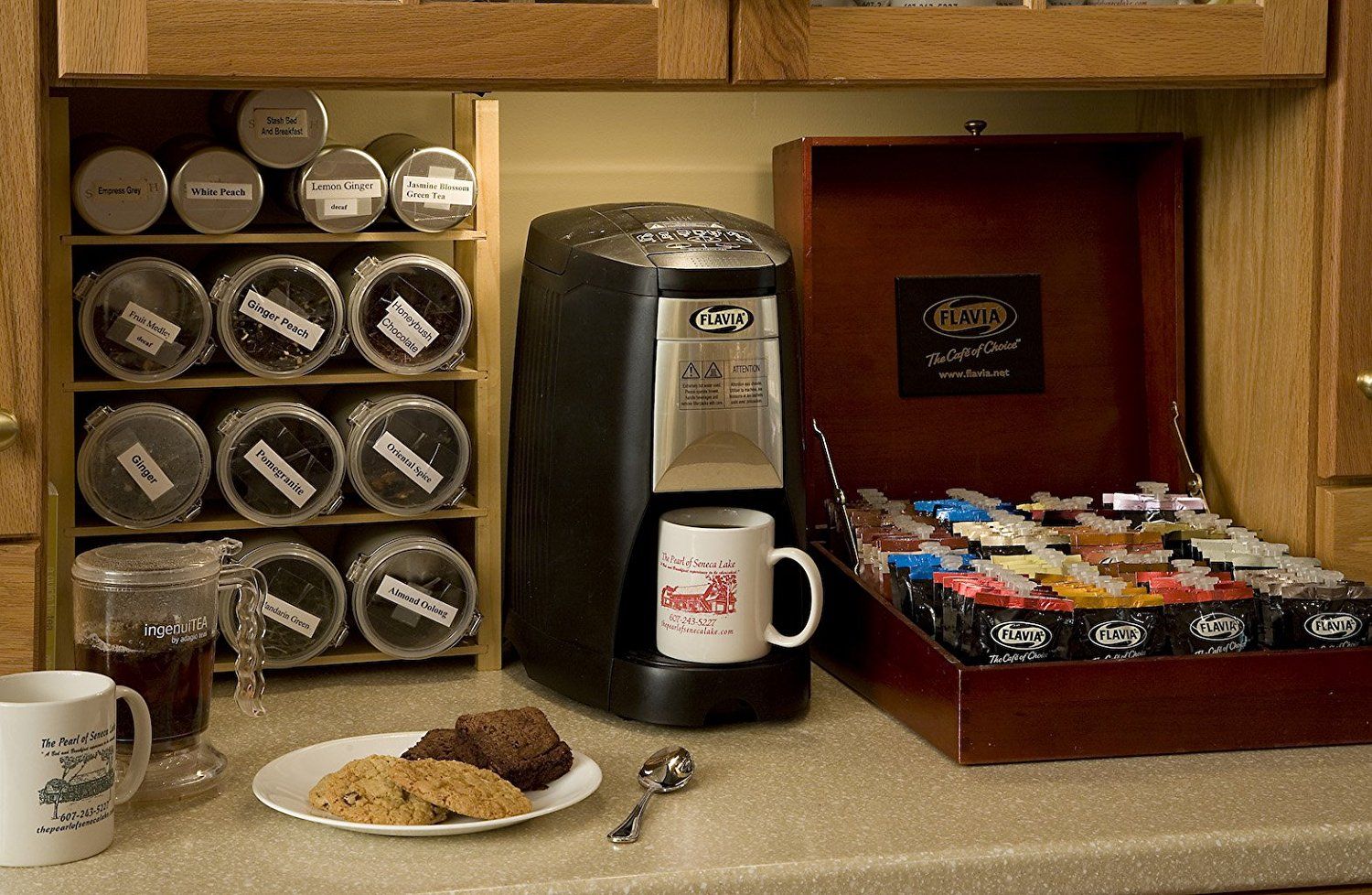
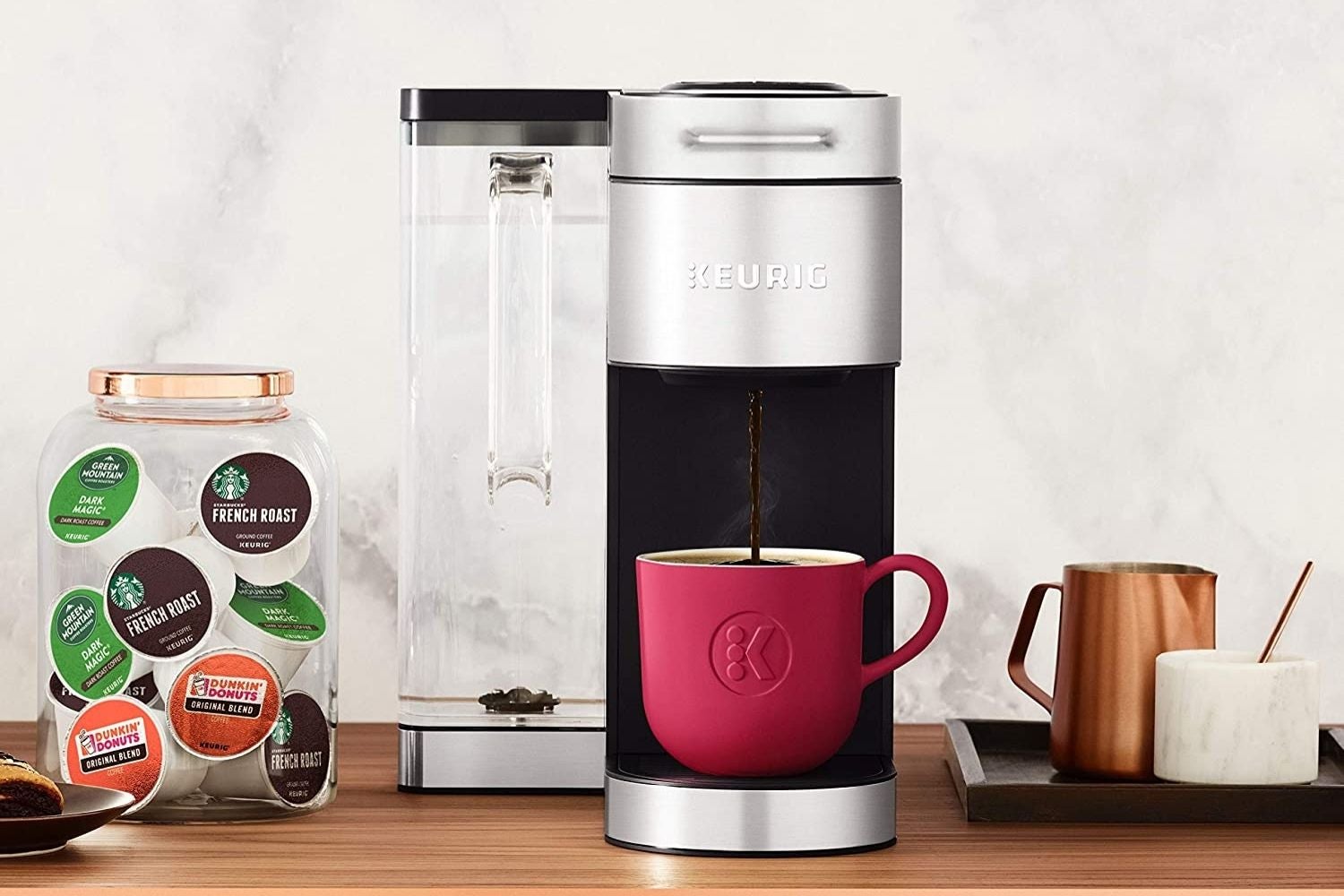
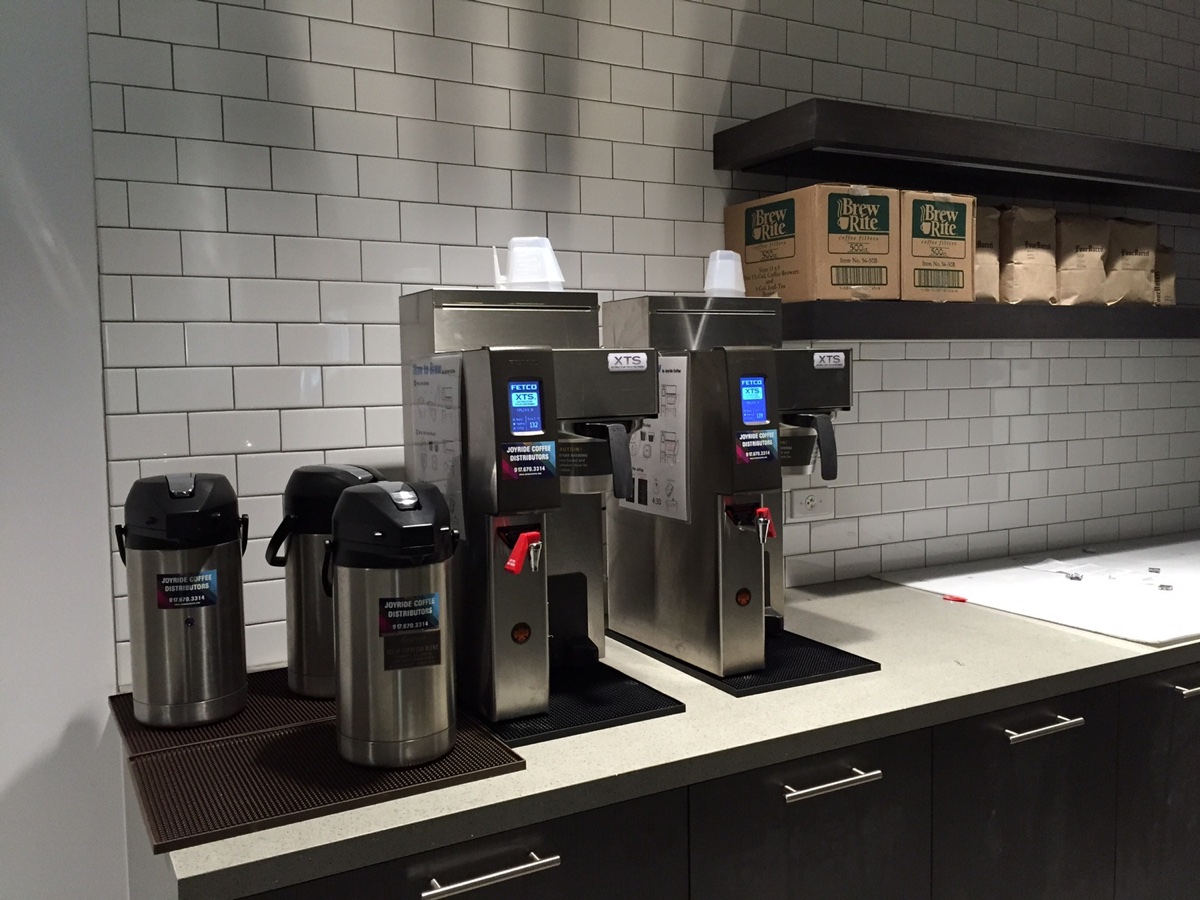
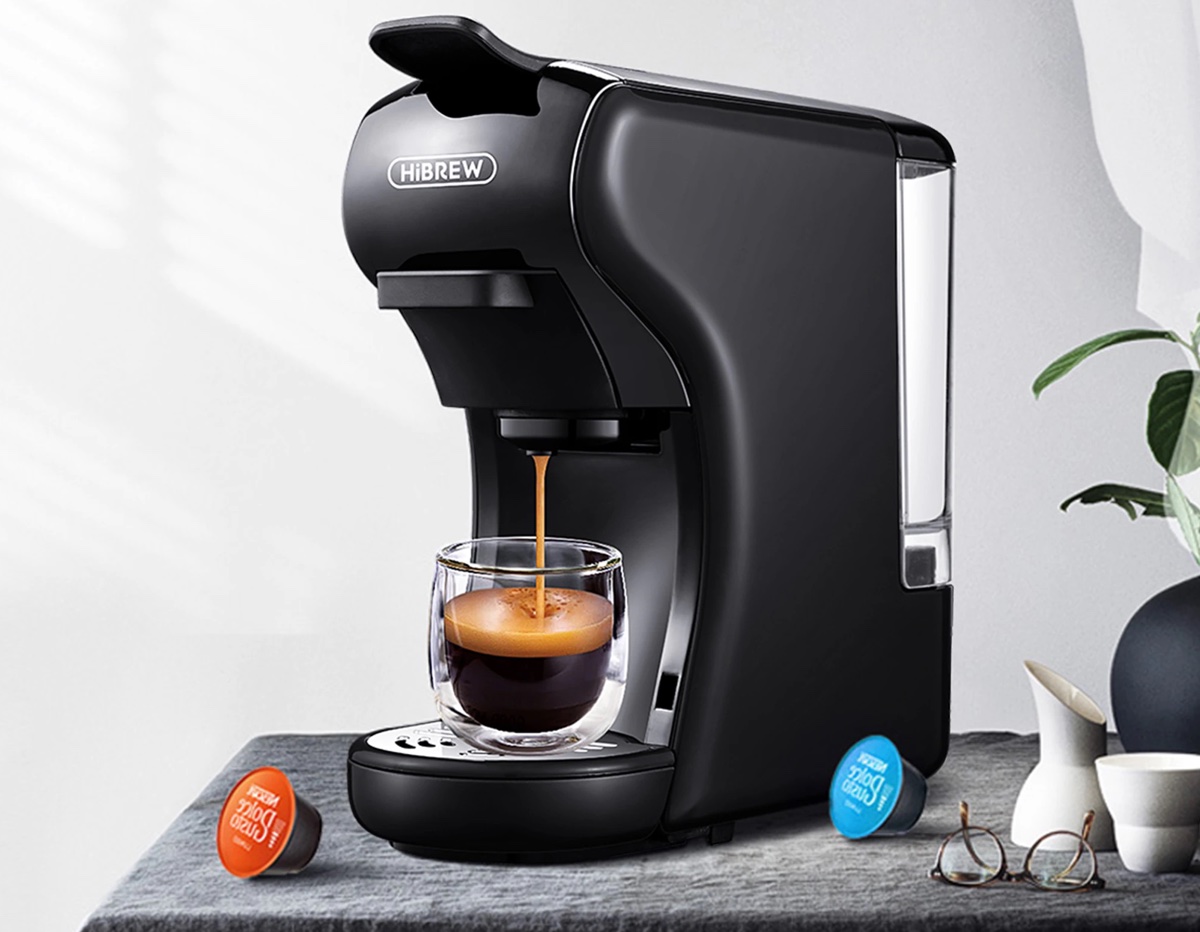
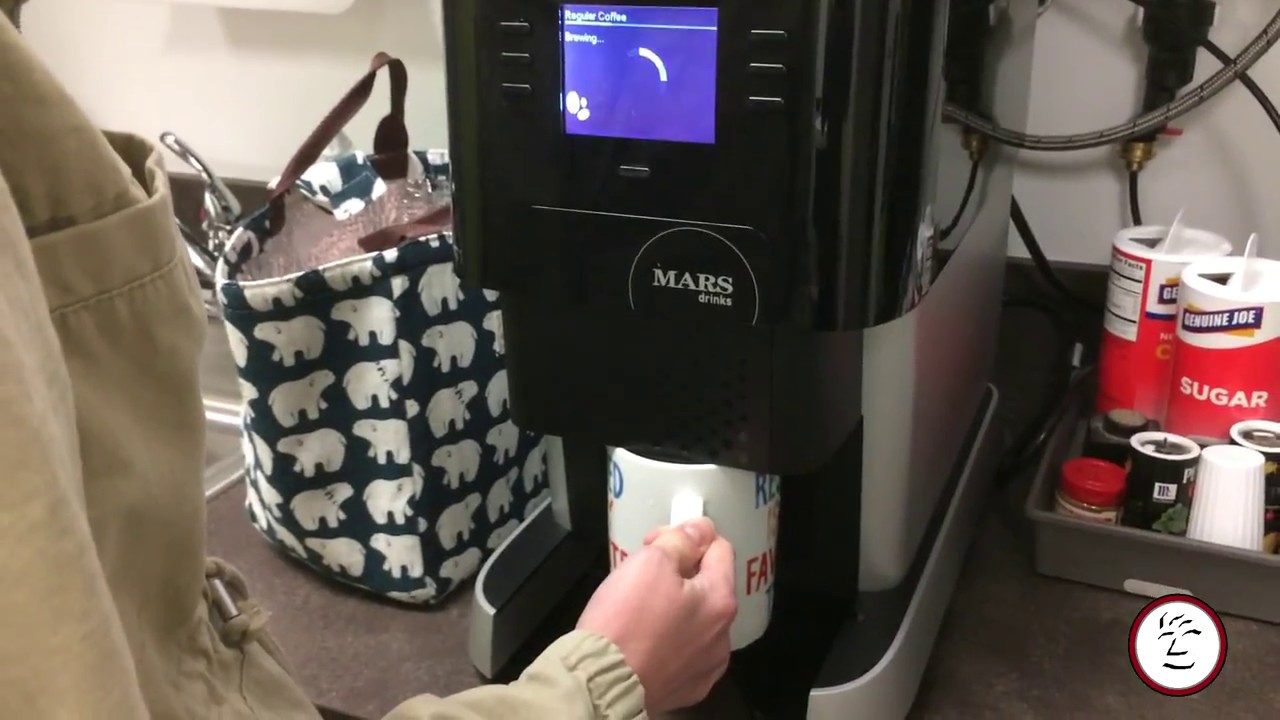
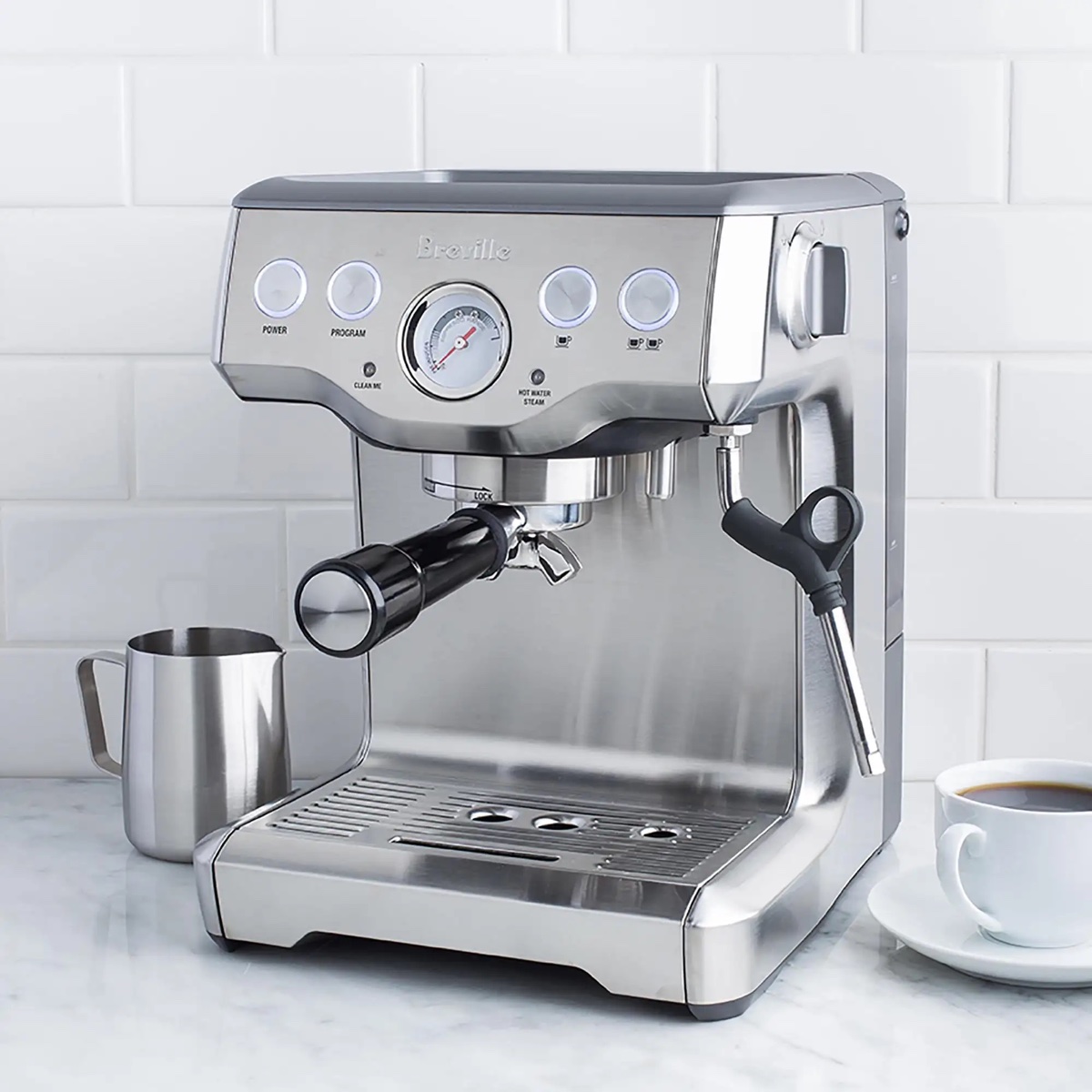
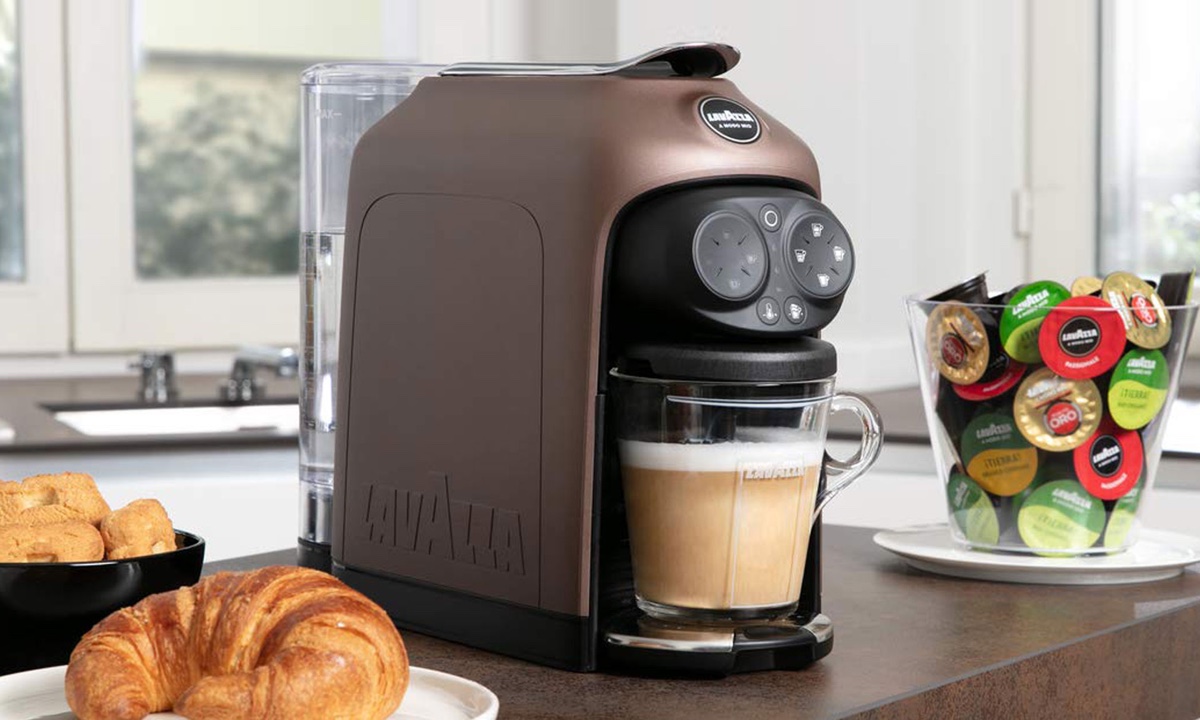
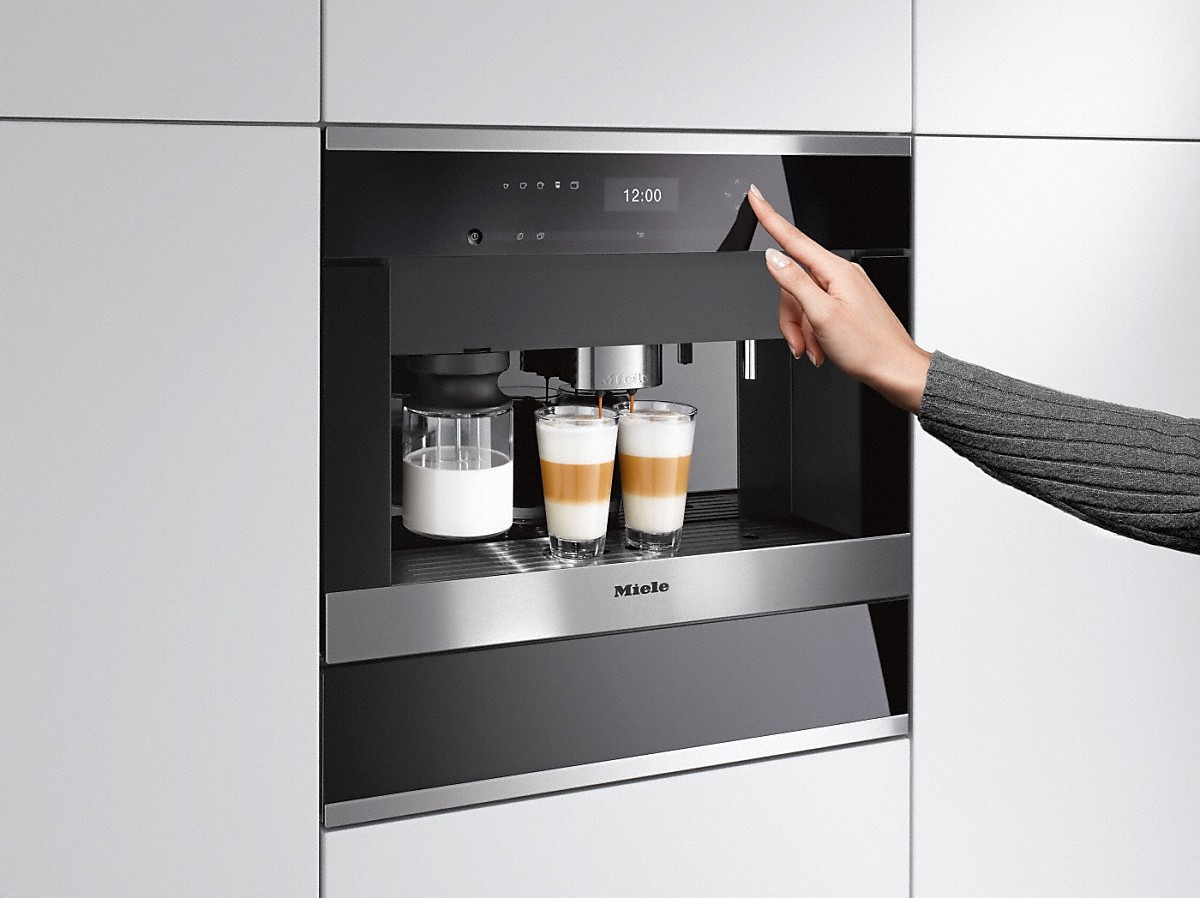
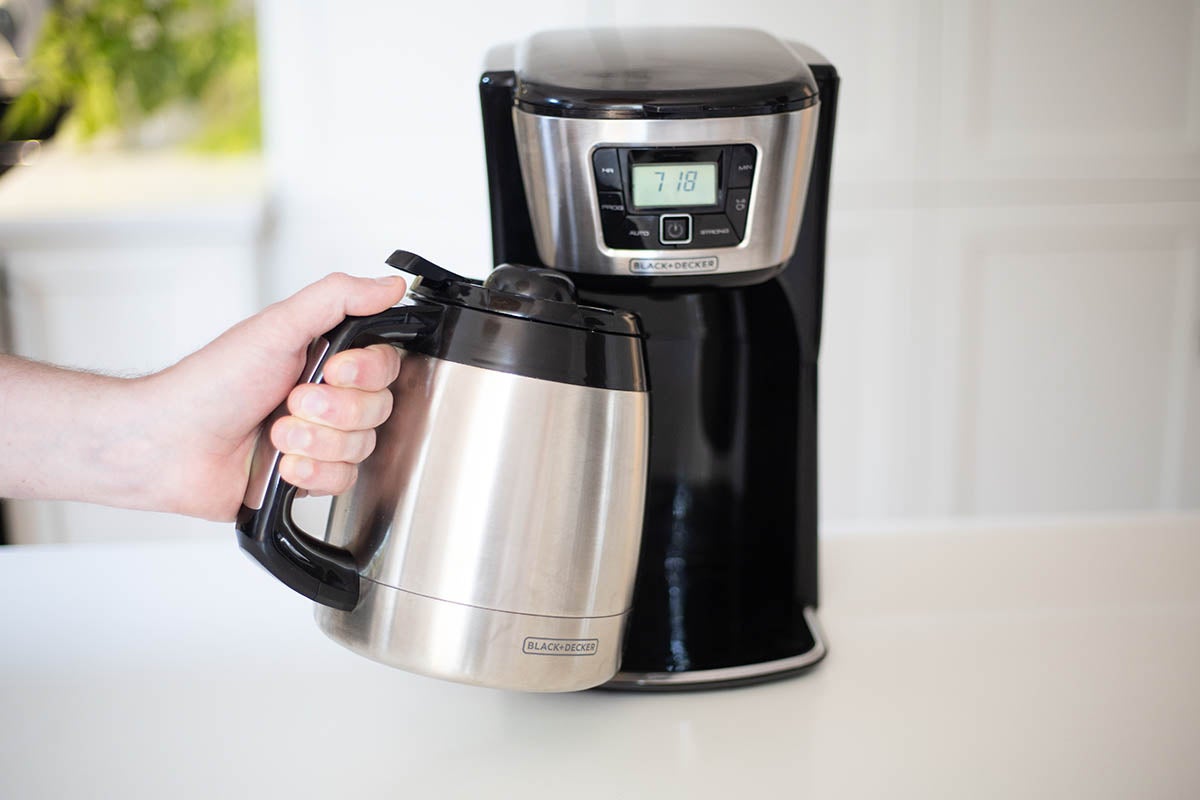

0 thoughts on “How To Use Coffee Machine”